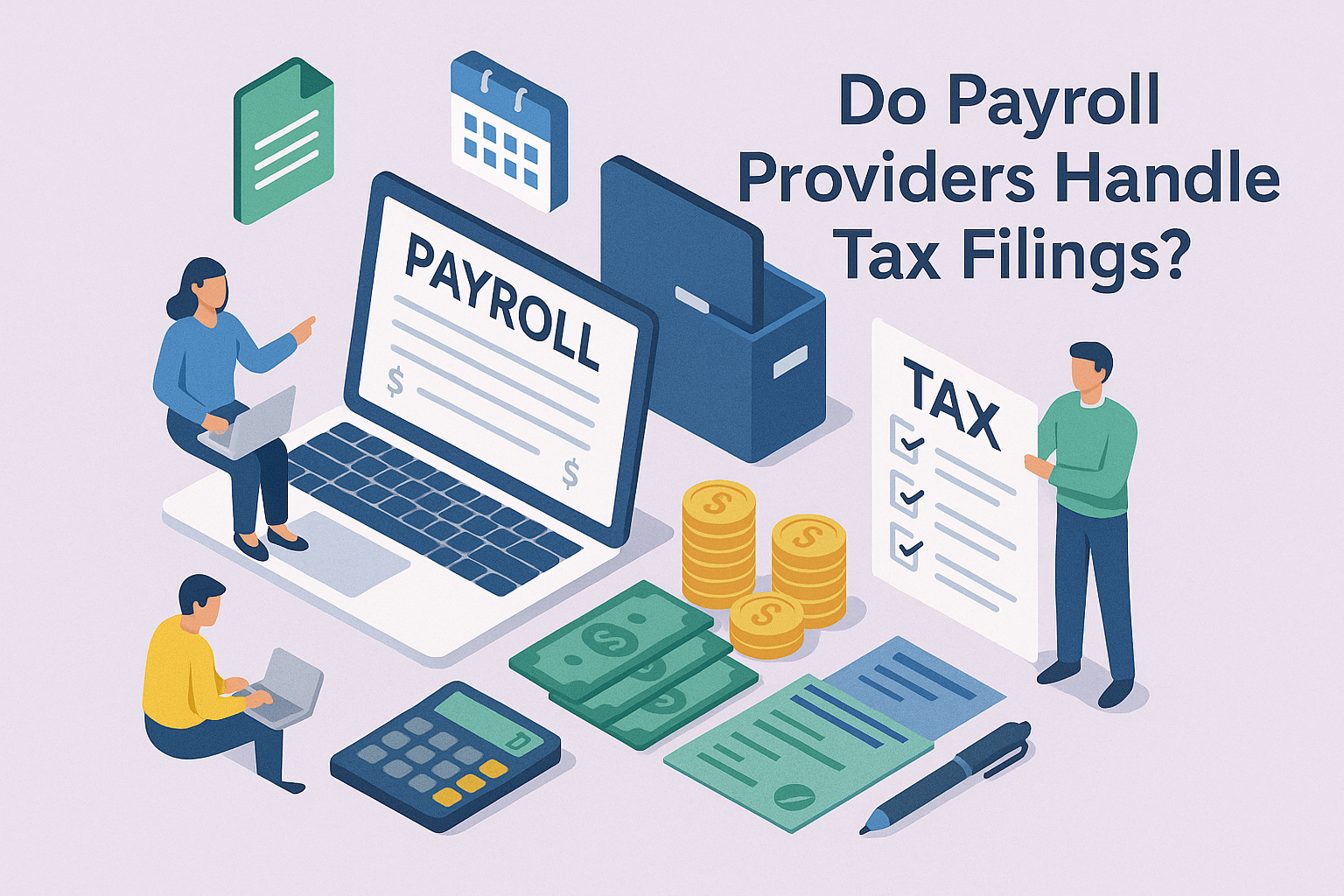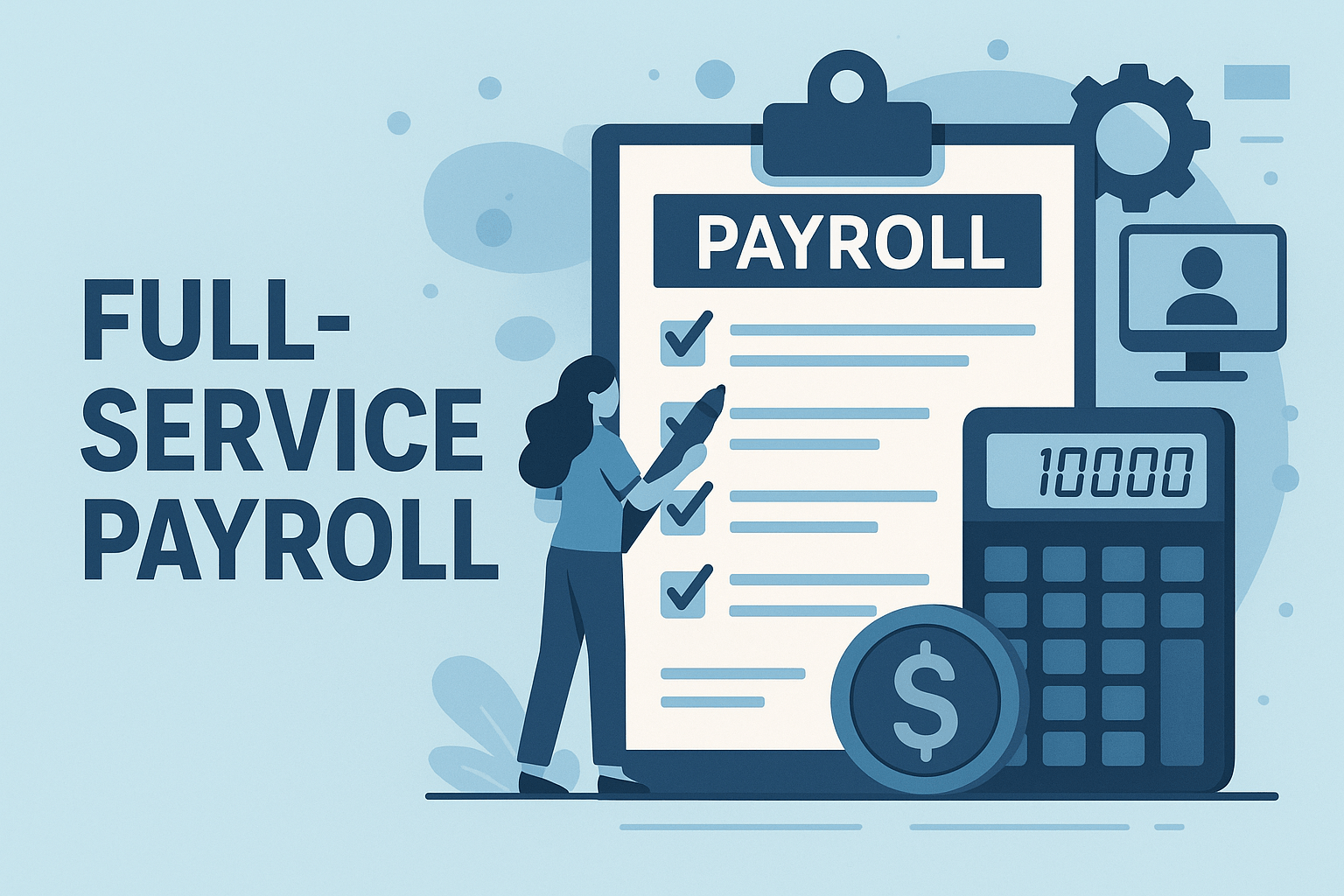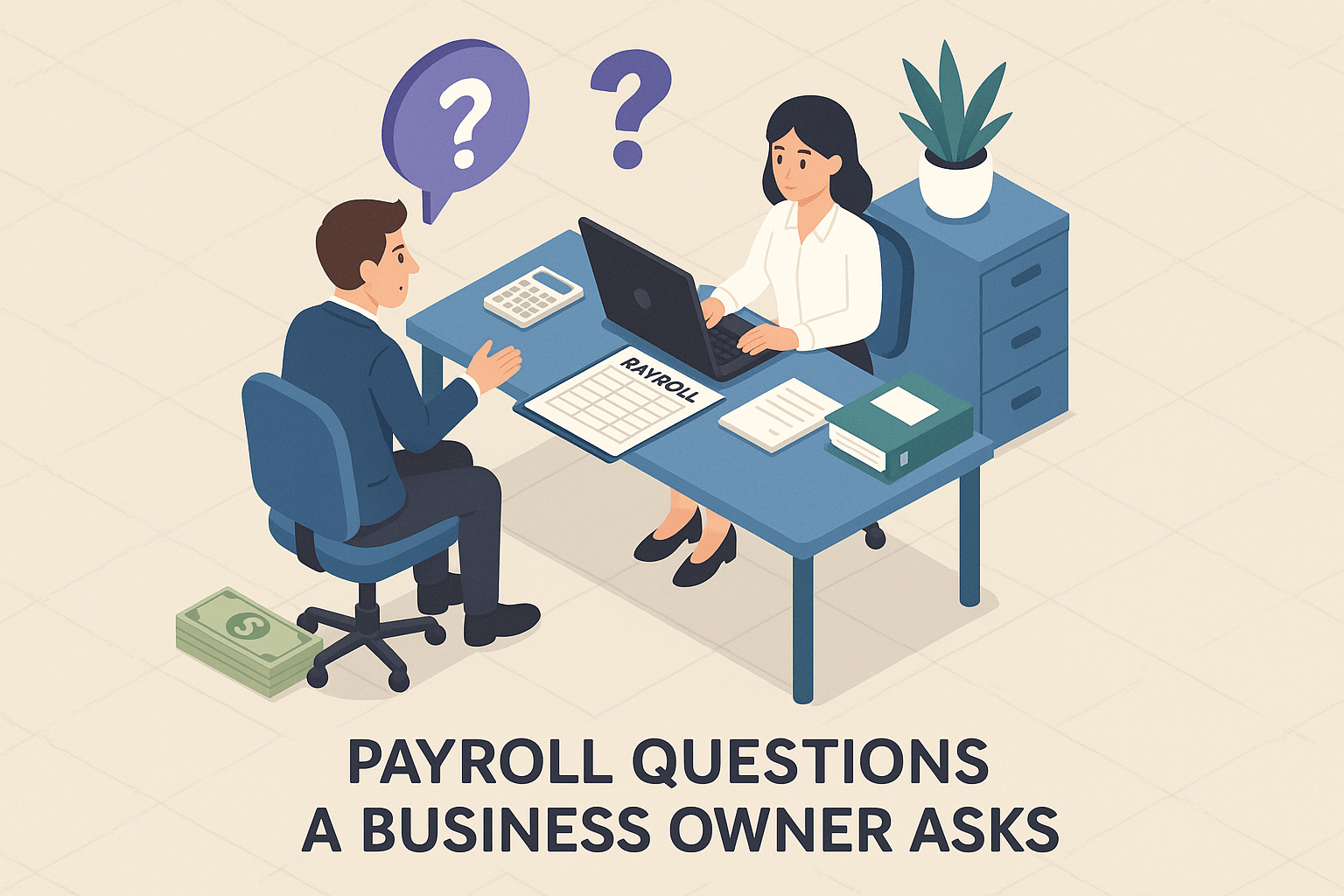Mastering Illinois Overtime Laws: How to Stay Compliant and Protect Your Business
October 25th, 2024
4 min read
.jpeg?width=1344&height=768&name=two%20binders%20stacked%20on%20top%20of%20eachother%20on%20top%20of%20paperwork%20and%20a%20calculator(1).jpeg)
As a business owner or HR professional in Illinois, you might find yourself wrestling with overtime laws, worried about making a mistake that could cost your business thousands in fines, damage employee trust, or even result in lawsuits. The uncertainty surrounding employee compensation can leave you feeling overwhelmed. Are you sure you’re compensating your employees correctly? How do you avoid costly overtime violations?
At Lift HCM, we’ve helped countless companies navigate these very issues. We understand how compliance can feel like an additional burden amidst your day-to-day responsibilities. But here’s the good news: staying compliant doesn’t have to be stressful.
In this article, we’ll simplify Illinois overtime laws, show you how to calculate overtime pay accurately, and provide practical strategies to ensure your business remains compliant, protecting you from legal risks.
Table of Contents
- 1. Understanding Illinois Overtime Laws
- 2. Which Employees Are Eligible for Overtime in Illinois?
- 3. How to Calculate Illinois Overtime Pay Correctly
- 4. The Importance of Keeping Accurate Time Records
- 5. Common Overtime Law Pitfalls
- 6. How to Ensure Your Business Remains Compliant
- Protecting Your Business and Employees
1. Understanding Illinois Overtime Laws
Overtime laws in the U.S. are governed by the Fair Labor Standards Act (FLSA), which mandates that non-exempt employees be paid at least 1.5 times their regular rate for any hours worked over 40 hours in a single week. For example, if an employee earns $20 per hour and works 45 hours in a week, they would be entitled to 5 hours of overtime pay at $30 per hour.
Key Stat: According to the U.S. Department of Labor, employers paid over $322 million in back wages for FLSA violations in 2021 alone, emphasizing the importance of compliance.
While Illinois largely follows federal rules, the state has its own overtime requirements that expand coverage. For example, Illinois law applies to more workers, including domestic workers, who may not be covered under federal law.
2. Which Employees Are Eligible for Overtime in Illinois?
Not every employee is entitled to overtime pay. The FLSA distinguishes between two types of employees: exempt and non-exempt.
- Exempt employees are typically salaried workers who meet specific criteria related to their job duties and salary levels. This group includes executive, administrative, and professional employees, as well as some IT professionals. Exempt employees are not entitled to overtime pay.
- Non-exempt employees are usually hourly workers or salaried employees who do not meet the exemption criteria. These employees must receive overtime pay for any hours worked over 40 in a week.
📌 Lift HCM Tip: Simply classifying someone as "salaried" doesn’t automatically make them exempt from overtime. Their job duties and salary level must meet FLSA standards.
3. How to Calculate Illinois Overtime Pay Correctly
Once you’ve identified which employees are eligible for overtime, the next step is ensuring that their overtime pay is calculated correctly. Here's a simple formula to guide you:
Overtime pay = Regular hourly rate × 1.5 × Overtime hours worked
Example for Hourly Employees:
If an employee earns $20 per hour and works 45 hours in a week:
- Overtime rate: $20 × 1.5 = $30 per hour
- Overtime pay: $30 × 5 hours = $150 in overtime pay
Example for Salaried Non-Exempt Employees:
For salaried non-exempt workers, determining overtime pay can be trickier. You’ll need to calculate their regular hourly rate by dividing their weekly salary by the expected hours worked (typically 40). From there, apply the 1.5x overtime rate for hours worked beyond 40.
Formula for salaried non-exempt:
Overtime rate = (Weekly salary ÷ 40) × 1.5
4. The Importance of Keeping Accurate Time Records
Maintaining precise records of employee hours worked is critical for overtime compliance. According to the FLSA, employers must keep detailed time and pay records for at least three years. Inaccurate timekeeping can lead to wage disputes, penalties, or even lawsuits.
📉 Stat: The American Payroll Association estimates that manual time tracking can inflate payroll costs by up to 8% due to inaccuracies and time theft.
Automated time-tracking solutions, like the ones we offer at Lift HCM, can significantly reduce the risk of errors. These systems not only help businesses stay compliant but also save time by automating payroll calculations, including overtime.
Below is a time-tracking compliance risk comparison graph that highlights the risks between manual and automated time tracking. As you can see, compliance risks such as inaccurate record-keeping, time theft, overtime errors, and manual calculation mistakes are significantly higher when using manual tracking methods compared to automated systems.

5. Common Overtime Law Pitfalls
While the rules around overtime may seem straightforward, many businesses still find themselves facing compliance issues. Some of the most common pitfalls include:
- Misclassifying employees: As mentioned earlier, improperly labeling employees as exempt can lead to costly overtime violations. Be sure to thoroughly review the exemption criteria for each employee.
- Not paying for all work hours: “Off the clock” work—such as answering emails after hours—can count as compensable time. Make sure all work performed, even outside of regular shifts, is properly recorded and compensated.
- Overlooking bonuses or commissions: If an employee earns bonuses or commissions, these must often be included in their regular rate when calculating overtime.
- Ignoring state-specific laws: Some states have overtime rules that differ from federal standards. Failing to comply with state regulations can result in additional penalties.
6. How to Ensure Your Business Remains Compliant
Staying compliant with overtime laws involves a combination of education, planning, and proactive management. Here are some actionable steps to help you stay on track:
- Review Employee Classifications Regularly: Ensure all employees are correctly classified as exempt or non-exempt. This should be part of a routine review, especially when job duties or compensation structures change.
- Implement Automated Time Tracking: Use reliable time-tracking systems to capture all hours worked, both regular and overtime. Automating this process reduces the risk of errors and makes payroll processing smoother.
- Stay Updated on Legal Changes: Overtime laws can evolve, and keeping up with both federal and state regulations is crucial. At Lift HCM, we provide real-time updates and adjustments to your payroll processes as laws change.
- Provide Ongoing Training: Train managers and HR personnel on overtime rules to ensure they understand the laws and can spot potential issues before they become compliance problems.
- Consult with Experts: If you’re unsure whether your business is compliant, consider consulting with an HR professional or legal expert to review your policies.
Protecting Your Business and Employees
In the past, many businesses have faced fines and lawsuits simply because they didn’t fully understand overtime laws. Now, with a clearer understanding of the regulations, you can confidently avoid these compliance issues.
Moving forward, automating time tracking, regularly reviewing employee classifications, and staying informed about legal changes will help ensure compliance and protect your business from legal risks.
The next step? Let Lift HCM take the complexity out of your payroll and compliance management. Our tailored solutions keep your business in line with overtime regulations while simplifying your payroll processes. Contact us today to safeguard your business and ensure peace of mind.
Caitlin Kapolas is a results-driven professional with a strong background in account management and retail. She is dedicated to improving client experiences and building lasting relationships. Caitlin excels in identifying client needs, resolving issues, and implementing customized solutions that drive value. Her effective communication skills ensure high client satisfaction and loyalty, making her a trusted advisor and partner in meeting client needs with precision and professionalism.





.png?width=1536&height=1024&name=Create%20a%20background%20that%20reads%2c%20How%20Long%20to%20Keep%20P%20(1).png)


















